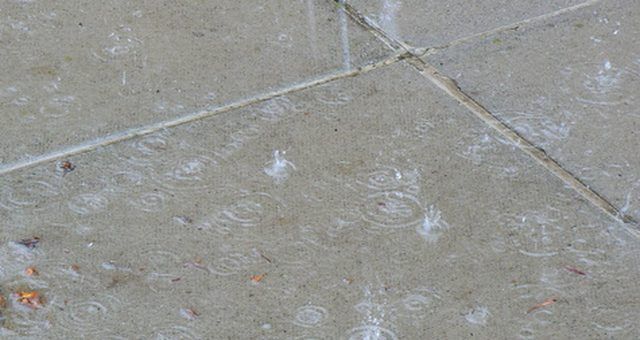Bulbs
Flower Basics
Flower Beds & Specialty Gardens
Flower Garden
Garden Furniture
Garden Gnomes
Garden Seeds
Garden Sheds
Garden Statues
Garden Tools & Supplies
Gardening Basics
Green & Organic
Groundcovers & Vines
Growing Annuals
Growing Basil
Growing Beans
Growing Berries
Growing Blueberries
Growing Cactus
Growing Corn
Growing Cotton
Growing Edibles
Growing Flowers
Growing Garlic
Growing Grapes
Growing Grass
Growing Herbs
Growing Jasmine
Growing Mint
Growing Mushrooms
Orchids
Growing Peanuts
Growing Perennials
Growing Plants
Growing Rosemary
Growing Roses
Growing Strawberries
Growing Sunflowers
Growing Thyme
Growing Tomatoes
Growing Tulips
Growing Vegetables
Herb Basics
Herb Garden
Indoor Growing
Landscaping Basics
Landscaping Patios
Landscaping Plants
Landscaping Shrubs
Landscaping Trees
Landscaping Walks & Pathways
Lawn Basics
Lawn Maintenance
Lawn Mowers
Lawn Ornaments
Lawn Planting
Lawn Tools
Outdoor Growing
Overall Landscape Planning
Pests, Weeds & Problems
Plant Basics
Rock Garden
Rose Garden
Shrubs
Soil
Specialty Gardens
Trees
Vegetable Garden
Yard Maintenance
What is the Meaning of Precipitation?
What is the Meaning of Precipitation?. The evaporation of water vapors, from oceans and land, makes up clouds. The evaporated vapors become drops of water, or crystals of ice, and connect with other water vapors until the air cannot support them. They then fall to earth as hail, sleet, rain or snow. Hence, precipitation means water that falls to...

The evaporation of water vapors, from oceans and land, makes up clouds. The evaporated vapors become drops of water, or crystals of ice, and connect with other water vapors until the air cannot support them. They then fall to earth as hail, sleet, rain or snow. Hence, precipitation means water that falls to the ground in solid or liquid form. Acid rain is also a type of precipitation.
Precipitation as Hail
Hail comes from strong thunderstorms. These thunderstorms have powerful updrafts that carry drops of water to clouds high in the atmosphere, where the air is freezing. The drops of water connect with other drops of water, freeze, grow larger and fall back to earth as hail.
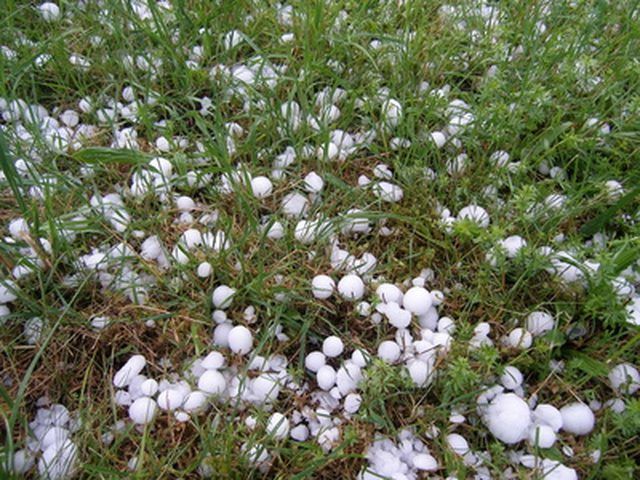
Precipitation as Sleet
When a below-freezing layer of air, on earth, has a layer of warmer air above it, the system can produce sleet. On their way to earth, water drops fall through the warm air into the freezing air, and freeze as they fall. They reach earth's surface as sleet.
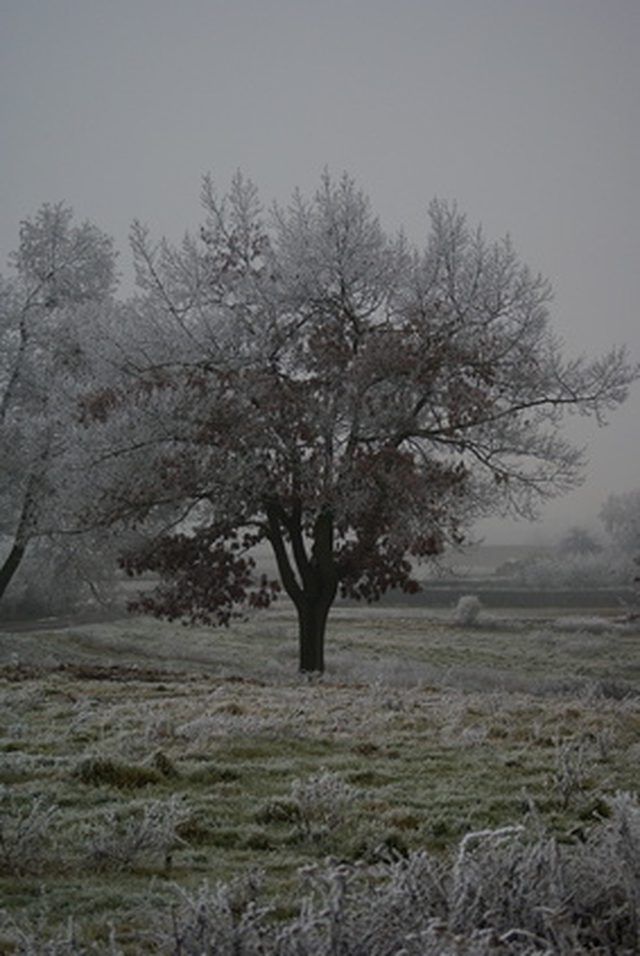
Precipitation as Rain
Drops of water in the clouds connect with other drops, grow bigger then fall to the earth as rain. The measurement for rainfall is in units of liquid water. The measurement for all forms of precipitation corresponds with units of liquid water.
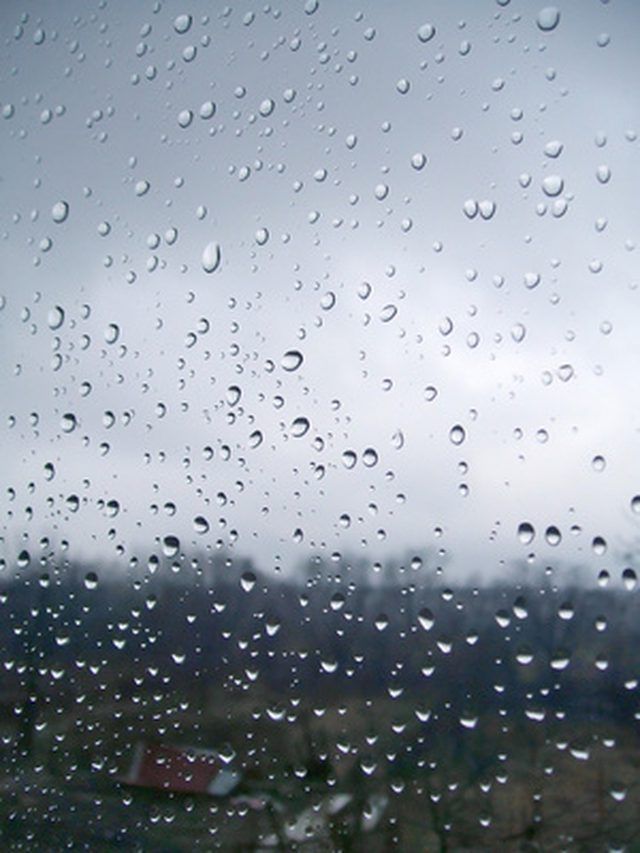
Precipitation as Snow
Freezing air sometimes extends from the clouds to earth's surface. The droplets of water freeze as they fall and reach the earth as snow.
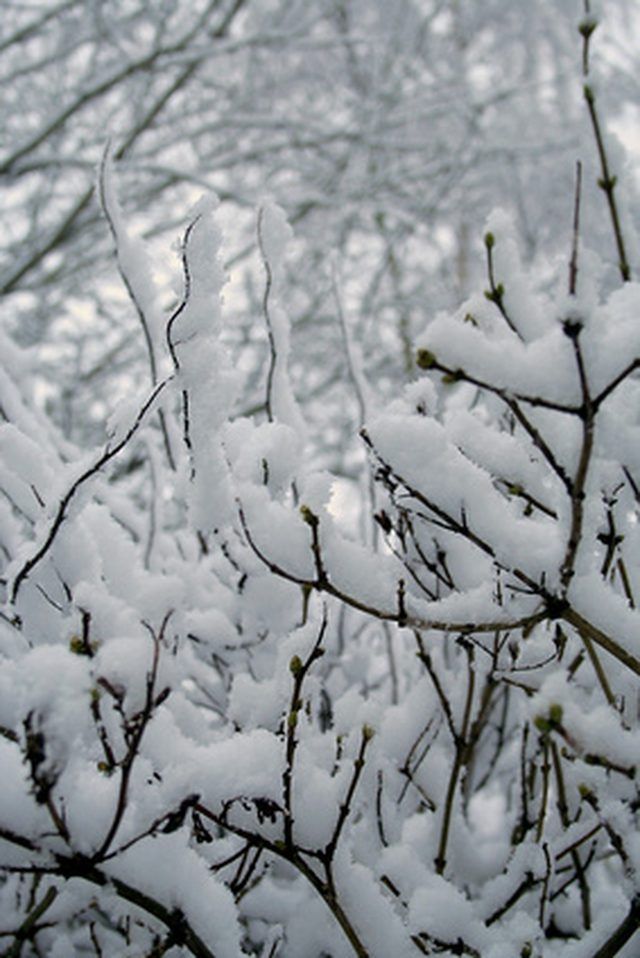
Precipitation as Acid Rain
When snow or rain falls through air polluted with acid chemicals, the precipitation mixes with the pollutants, and carries them to the surface of the earth.
